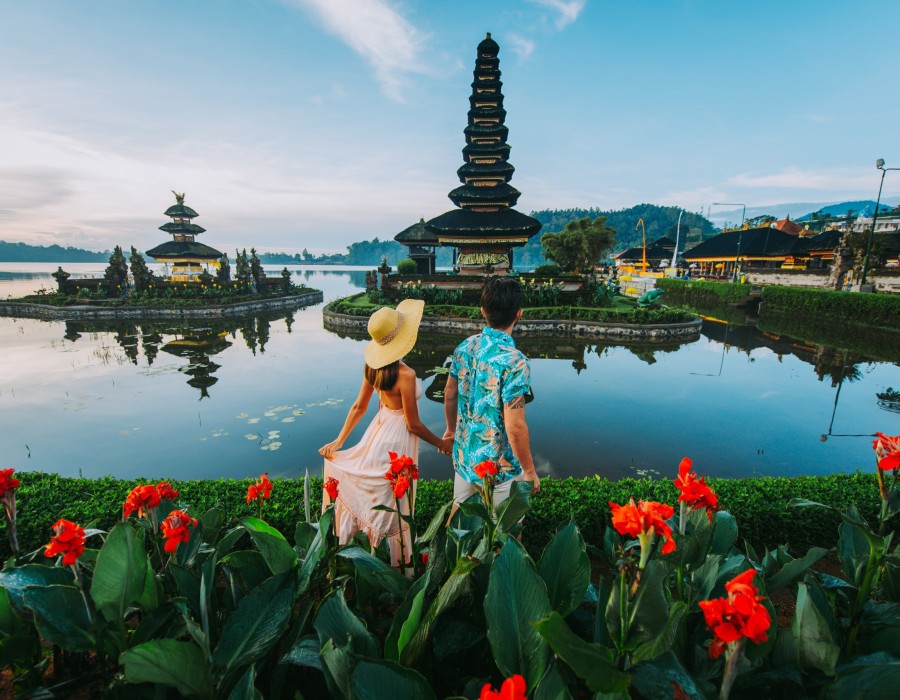Introduction
The Asia-Pacific Travel Insurance Market is witnessing significant growth, driven by the rising number of international travelers, increasing awareness about travel-related risks, and the region's popularity as a hub for adventure tourism. With diverse landscapes offering thrilling activities like scuba diving in Thailand, trekking in Nepal, and skiing in Japan, the demand for comprehensive travel insurance is surging. This article explores the dynamics of the Asia-Pacific travel insurance market, focusing on coverage for adventure and extreme sports, policy exclusions, and insurers specializing in high-risk activities.
Market Overview
The Asia-Pacific region is a leading destination for global travelers, with countries like Australia, Japan, and Thailand being prime locations for both leisure and adventure tourism. The travel insurance market in this region is expanding due to increased outbound and inbound tourism, higher disposable incomes, and growing consumer awareness about the importance of protecting against unforeseen travel risks.
Key Drivers of Growth
Increasing Adventure Tourism: The growing popularity of adventure activities such as scuba diving, mountain climbing, and winter sports drives the need for specialized travel insurance policies.
Rising Medical Costs: Travelers are increasingly seeking comprehensive policies to cover emergency medical expenses during high-risk activities.
Stringent Regulations: Some countries in the Asia-Pacific region require mandatory travel insurance for visitors, boosting policy adoption.
Technological Advancements: The rise of digital platforms allows travelers to compare and purchase insurance seamlessly, driving market growth.
Travel Insurance for Adventure and Extreme Sports in Asia-Pacific
Adventure tourism is booming across the Asia-Pacific region, prompting insurers to develop specialized policies for high-risk activities. Traditional travel insurance may not fully cover injuries or incidents related to extreme sports, making specialized coverage essential.
Types of Adventure and Extreme Sports Covered
Scuba Diving: Popular in destinations like Thailand, the Philippines, and the Maldives, policies cover medical emergencies, hyperbaric treatments, and equipment loss.
Trekking and Mountaineering: Coverage includes search and rescue operations, altitude sickness, and evacuation from remote areas such as the Himalayas.
Skiing and Snowboarding: Essential for travelers to Japan and South Korea, covering medical emergencies, equipment damage, and avalanche rescue.
Other Activities: Policies also cover activities like bungee jumping, skydiving, surfing, and rock climbing.
Policy Exclusions and Special Coverage for Adventure Tourism Hotspots
While adventure sports policies provide comprehensive coverage, they also come with specific exclusions. Travelers should thoroughly review their policies to understand what is not covered.
Common Policy Exclusions
Pre-existing Medical Conditions: Most insurers exclude coverage for known health issues unless declared and accepted beforehand.
Unlicensed Activities: Participating in activities without proper licensing or certifications may void coverage.
Professional Competitions: Insurance often excludes injuries sustained during professional or organized sporting events.
Alcohol and Drug Use: Claims arising from incidents under the influence of alcohol or drugs are typically not covered.
Special Coverage Considerations
High-Altitude Activities: Policies must explicitly cover trekking above specific altitudes (e.g., above 4,000 meters).
Water Sports: Ensure coverage for specific water-based activities and emergency evacuation costs.
Adventure Tourism Destinations: Insurers often provide region-specific plans for popular hotspots like Nepal, Japan, and Southeast Asian islands.
Insurers Specializing in Extreme Sports Travel Insurance
Several insurers in the Asia-Pacific region cater to the adventure tourism segment, offering tailored plans for extreme sports enthusiasts. These providers offer comprehensive coverage, including emergency evacuation, medical expenses, and specialized activity coverage.
Leading Insurers and Their Offerings
World Nomads: Known for flexible adventure sport coverage, including high-risk activities like scuba diving and mountaineering. Ideal for backpackers and digital nomads.
Allianz Global Assistance: Offers comprehensive travel insurance with optional adventure sports add-ons for activities like skiing and trekking.
SafetyWing: Provides affordable and flexible travel insurance, including coverage for extreme sports and emergency medical evacuation.
Cover-More: Offers tailored adventure policies covering a wide range of high-risk activities, particularly in Australia and New Zealand.
AIG Travel Guard: Specializes in customizable coverage for adventure travelers, including medical emergencies and equipment protection.
Emerging Trends in the Asia-Pacific Travel Insurance Market
On-Demand Insurance: Increasing popularity of pay-per-day coverage for adventure travelers who require short-term protection.
Parametric Insurance: Real-time claims based on specific triggers (e.g., flight delays, weather disruptions) enhance customer experience.
Telemedicine Services: Many insurers offer virtual medical consultations for travelers in remote adventure destinations.
Personalized Policies: Customizable plans allow travelers to select coverage based on the specific activities they plan to engage in.
Consumer Considerations When Choosing Adventure Sports Travel Insurance
Activity Coverage: Ensure the policy explicitly covers the intended adventure sports and associated risks.
Emergency Evacuation: Verify coverage for medical evacuation, especially for remote or high-altitude regions.
Claim Process: Look for insurers with a straightforward, digital-first claims process for faster resolution.
Policy Limits: Evaluate maximum coverage limits for medical expenses, evacuation, and equipment loss.
Customer Support: 24/7 emergency assistance is crucial for travelers engaging in high-risk activities.
Conclusion
The Asia-Pacific travel insurance market is evolving to cater to the growing demand for adventure and extreme sports coverage. With an increasing number of travelers seeking adrenaline-filled experiences, insurers are offering specialized policies that provide comprehensive protection against high-risk activities. As the market continues to expand, innovations like on-demand coverage and telemedicine services will further enhance consumer experiences. Travelers must carefully assess their insurance needs and choose policies that offer adequate protection for their planned activities, ensuring peace of mind during their adventures across the diverse landscapes of the Asia-Pacific region.





Comments